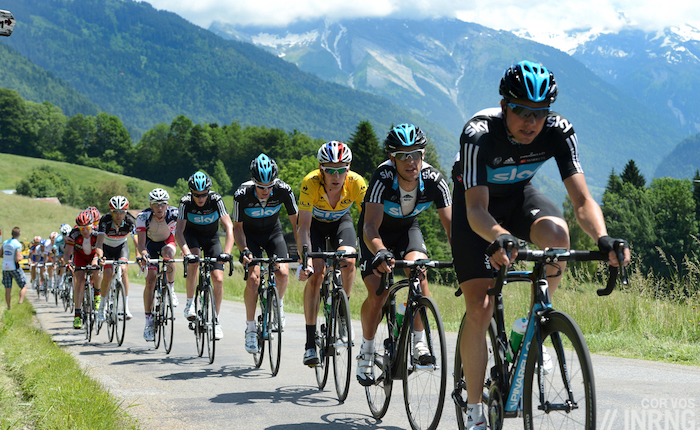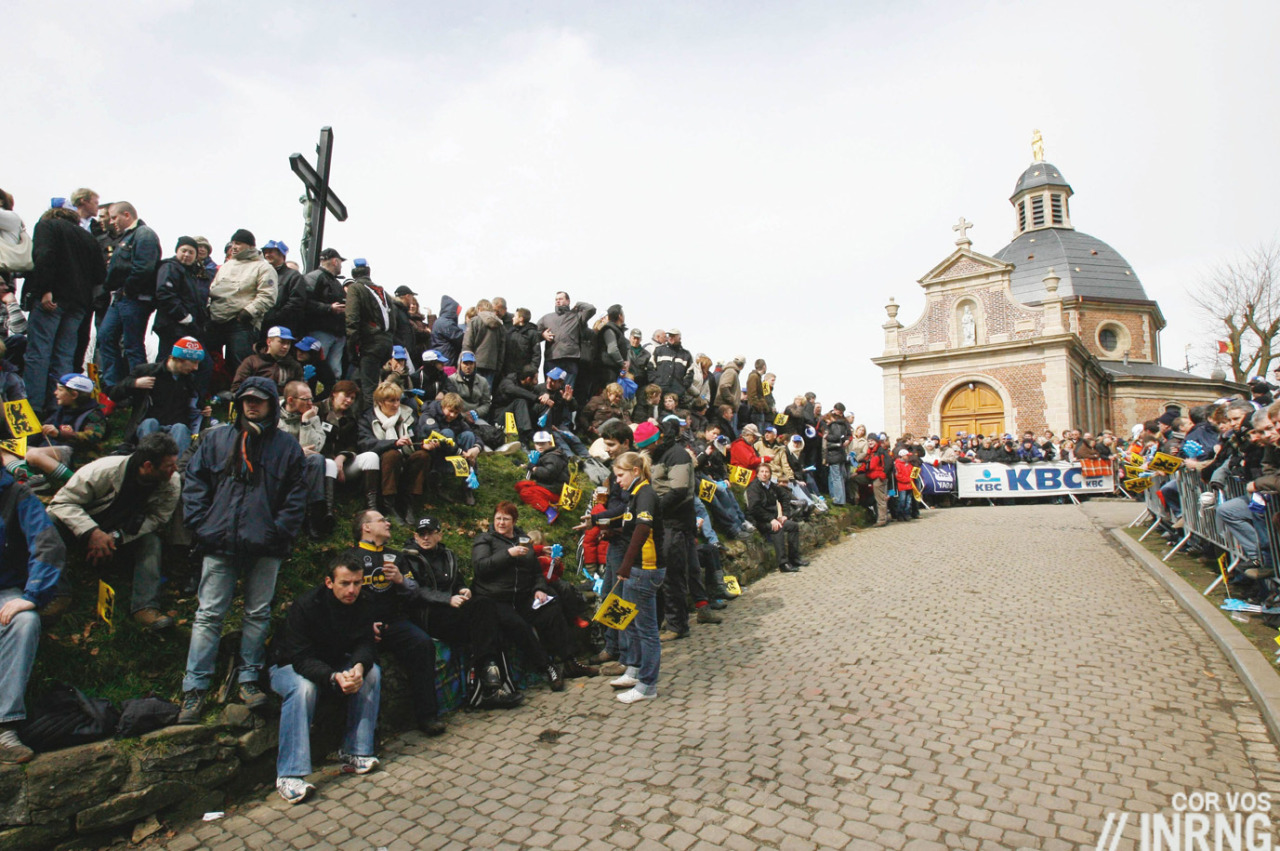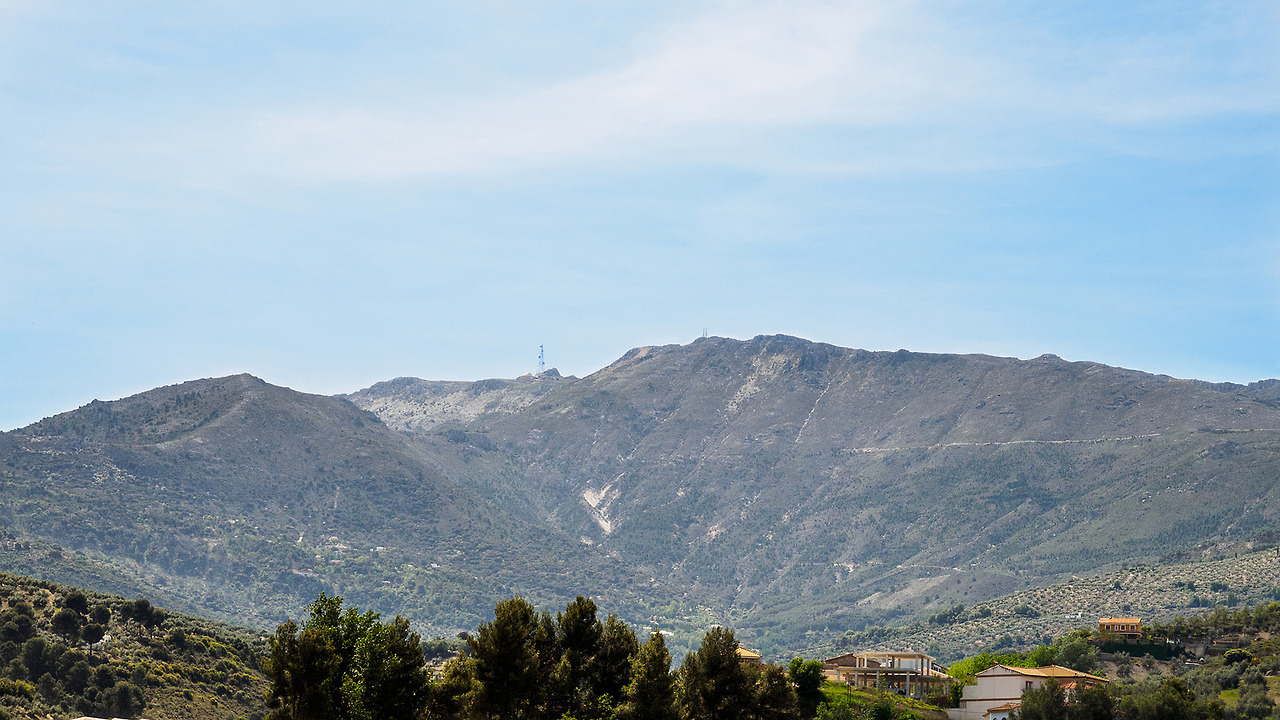The Vuelta a España climbs La Pandera tomorrow. It’s one of several new climbs in the race that are gradually making a name for themselves because of the Vuelta’s spotlight and in time they will become destinations for more than the locals.
La Pandera? It all began thanks to a local teacher who discovered the road was open and decided to visit and thought it was so hard they just had to tell the Vuelta…
One of the curiosities of the Vuelta is that it’s a grand tour but lacks the mythical climbs of its cousins the Giro and Tour. Yes there’s the likes of the Lagos de Covadonga and the Angliru but they only appeared in the race in 1983 and 1999 respectively. QED.
New climbs can quickly establish themselves, see the Mortirolo (1990), the Zoncolan (2003) or how the Planche des Belles Filles (2012) has usurped the likes of the Grand Ballon in the Vosges. All they need is a fearsome status and regular visits and they start to appear on the map of cycling’s psychogeography.
The story goes that Juani Zafra, a 23 year old physical education teacher from nearby Valdepeñas de Jaén discovered the road for herself in 2001 when the road was opened as part of the local feria. It had been closed because of the military communications masts belonging to the US army and a small Spanish garrison nearby too. But the troops left in 1998 leaving the mountain to the sheep and goatherds. Zafra and her boyfriend heard the access road was open for a few days and decided to drive up and see what it was all about. Neither are big cyclists but they thought the Vuelta could visit and sent a fax – or an email depending on which account you read – to Unipublic, the Vuelta owners. The rest is history and Zafra got a VIP ride in the race director’s car when the race visited. The climb being scaled four times and tomorrow marks the fifth ascent. This is not an isolated story, in 1999 ONCE lottery worker Miguel Prieto wrote to Unipublic to tell them about a climb called the Angliru.
A local tip helps but so does cash. The Planche des Belles Filles wants to market itself as a destination and so it siphons the Tour de France away from the classic Grand Ballon and other stalwarts of the Vosges. Similarly Jaén spent €90,000 on promoting La Pandera’s first visit in 2002 and has presumably ploughed in much more since, all for a road that is closed to motorised traffic but to make it a cycling destination. Although you can ride up and enjoy the view and that’s it, hopefully you will spend your money in Jaén.
The race organisers are only too keen to oblige because they make for great TV and become talking points, in Spain climbs are measured against the Angliru just as the Zoncolan is the reference for Italian ascents: is it as steep as the Angliru? These new climbs gave the Vuelta more options and the gradients increased the spectacle on TV although it does create a sort of “spectacle inflation” where an 8-10% climb – selective by most measures – now looks humdrum. But as steep as these climbs are they’re now accessible to all thanks to the development of the compact chainset and their adoption in the pro peloton. So the old school spectacle of riders bench-pressing their way up with a cadence of 30-40 rpm is gone.

An illusion of difficulty? This brings us to the Tour de France and the recent course that featured a succession of steep climbs like the Jura stage with the Grand Colombier and the Mont du Chat. They’re “new” to the Tour de France too in part because they derail the familiar tactic of the mountain train. The speed in a pro race is so high that drafting helps on an Alpine pass but use a goat path with a 15% gradient and team work counts for a lot less.
Today all race directors are interested in finding new climbs. Giro boss Mauro Vegni has a network of local contacts but checks the chatter on forums, just as Tour directeur Thierry Gouvenou is welcome to suggestions from the LeGruppetto forum where one thread has members drawing their own suggested Tour routes, even mimicking the ASO house style maps to the point of fooling some that next year’s route has leaked when the image is circulated online. Some races also serve to “discover” new routes, for example what appears in the Ronde de l’Isard, an U23 stage race in the Pyrenees, one year might show up in the Route du Sud the next and quite possibly be in the Tour de France soon after.
But what makes a climb legendary? According to Daniel Friebe’s “Mountain Higher” when the late José María Jiménez discovered the Vuelta was going to climb the Xorret de Catí in 2000 he declared “this climb will be legendary but only if I win“. This says plenty about El Chaba himself but in order to become famous a climb needs a special winner or something dramatic. If the an unheralded rider from a Pro Conti team holds on to win then good for them but the climb will not gain such a noble status; just as La Pandera suffers from a series of suspect winners although this says more about an era than the road. Local identity helps too, the Kapelmuur is more than another cobbled climb because of that bend, the chapel and the Sunday morning mass every April.

One challenge for La Pandera is that it lacks these visual cues. The likes of Mont Ventoux are instantly recognisable to many and other climbs have their reminders whether Alpe d’Huez and its “21 hairpins”. In time you might note the local geology like the dark schist of the Aubisque or the pinky-grey dolostone of the Dolomites. But if this time next week we see a picture of the riders on the slopes of La Pandera can we be sure it is not the Calar Alto?
Conclusion
Out with the old and in with the new. Even the Tour and Giro are exploring new climbs while the Vuelta is making several hitherto unknown roads famous.
It may seem odd to find a new road in Spain given modern mapping techniques but the Vuelta has been collecting many new climbs in recent years. All the grand tours hunting for new locations but also rely on local tips to find them. With La Pandera and the Angliru coming up how many riders in the peloton will be cursing their discovery?
Photo credit: La Pandera by Flickr’s Anpalacios


I still wonder why you don’t consider “mythical” climbs like Navacerrada, that has been around for longer tan anyone here can remember, and where the Vuelta has been decided many times. Honestly, reading you, one would think the Vuelta was born somewhere in the eighties.
Because the Vuelta doesn’t use that as much, we’re seeing a lot of these new climbs. Hasn’t Navacerrada been “replaced” by the Bola del Mundo when they pass that area?
It’s the same climb. The Bola del Mundo is its prolongation. Cotos is another side.
I thought it was an interesting read, inrng.
It’s been something I’ve often wondered myself – what makes some climbs mythical icons? Take for example l’Alpe d’Huez. It’s far from the most difficult climb in the Alps – in fact, having ridden many of them in Italy, Switzerland, and France, I consider it a rather easy one. What is more, I don’t even find it a particularly nice one to watch on tv, with the wide road leading up to a typical ugly French winter resort at the top. But, it has huge amounts of racing history behind it, of course.
One of the most challenging climbs I’ve done – partly because of the length and gradient, partly as it’s a rough gravel road for the second half – is ” La Riondaz” in Switzerland:
http://www.climbbybike.com/climb.asp?Col=Rionda&qryMountainID=5550
They’d have to surface the second half to make it accessible to a road race, and the romantic in me wishes they’ll never do so, but this would make one hell of an instant classic!
Btw, I rode the Riondaz on a “hybrid” bike with 32mm tires, and managed not to fall over a single time (read the top comment on the linked page…). This took all of my balancing skills 🙂
The point about a dramatic spectacle being required to make a climb well known is a good one – it’s for that reason that the Cumbre del Sol is the climb I probably consider the most exciting in the Vuelta, following Froome & Dumoulin’s battle there in 2015…
We are forgeting the fact that tour de france especially and giro as well, in general, are more mythical than the vuelta, which until ASO takeover, lacked character and organizational skills. That surely partially explains why alp d’huez for example is more mythical than l’angliru. However, i repeat, partially. For the rest i guess i agree with the article.
You just have to think about ‘that climb to Siestrier’ with Armstrong, or the battle between Schleck and Contador up the Tourmalet, Schleck’s gamble on the Galibier, astounding images of human endeavour.
The Pyrenean climbs have huge amounts of history in the race. Superbagneres seeing the passing of the baton to Lemond, Col de Portet d’Aspet including a death toll, the Port de Bales being treacherous.
The Vuelta’s main issue is that Spain is not as photogenic. The climbs may instigate some epic battles (I think the cycling at the Vuelta can be very compelling – partly because of the punch drunk nature that the later season form brings about) but there’s the element of “another finish on scrub patch of land atop a hill/mountain”. Spain needs to wallow in its heritage and laud its history. Unfortunately it’s just not as rich and verdant as France. I know where I prefer to spend my summer holidays.
+1, great point. Even though more abundant with mountains than italy and much more than france, it is indeed mainly too dry in spain to enable vegetation which gives this photogenic look.
My preferred area is in the eastern part of the country, not quite so dry (the Sierra de Bejar and the Jerte Valley, la Covatilla is the local famous climb). It’s not as dry as the centre and east (if you want green the North has it a-plenty). Yet dry Sierras are very pleasant and fresh, and usually have perfect riding weather (which is also valid for the arid parts of France -Alpes Maritimes, Pyrenees Orientales- or Italy).
Nice insightful piece.
To go with climbs – “Nibali to race 10,000-foot Taiwan hill-climb in October
Read more at http://www.velonews.com/2017/08/news/nibali-race-10000-foot-taiwan-hill-climb-october_446971#QKlMs0RFc7LMhZ1p.99“
The Taiwanese climb and race is trying to make a name for itself, cyclingtips has a good piece on it from a couple of years ago.
It seems the climbs are a talking point of the Vuelta, which might explain why it’s fun to watch. TDF was boring in comparison.
TV coverage surely has some place in this? At one time, all we really saw on TV was the final battle of stages in the TDF. It was on these climbs that this often took place. Much more general coverage of cycling is going to change all this. I don’t know how all in on this the respective Tourist Boards are, but they surely need to be highly involved, possibly even with financial input.
Climbs also need to be readily accessible to fans. No matter how dramatic a climb is, it seems almost lost without the host of fans we see on climbs like Huez.
Very nice and interesting piece.
I agree on the point over spanish landscape being too dry and not as photogenic as france’s or italy’s.
It’s dry but I find the scenery stunning, would love to explore these areas by bike.
Much of (southern) Spain is scorched earth which is a stark contrast to the lusciousness of French or Italian alpine valleys.
I think part of the reason why the Vuelta doesn’t have more well known climbs is because there’s a summit finish every other day. Even the big climbs only really become “and for tomorrow…”
Contrast with the Tour and we were talking about the Izoard for 2 weeks, partly because was only one a handful of climbs
Then again, the landscape near the top of the Izoard is of such an otherwordly beauty that it is bound to stick with you in any case.
I know it’s a space issue but I just simply can’t stop dreaming that Vuelta would once go up all the way to Pico Veleta (3.369 m a.s.l.), the highest paved road in Europe. It probably wouldn’t offer much action due to the length of the climb (even only to Sierra Nevada from Granada is long) and gradients are not very steep but still. One for the Guiness book of records.
I tend to agree with the comments about the arid nature of southern Spain though I think the northern coast of Spain and the mountains nearby are easily the equals of their Italian and French counterparts.